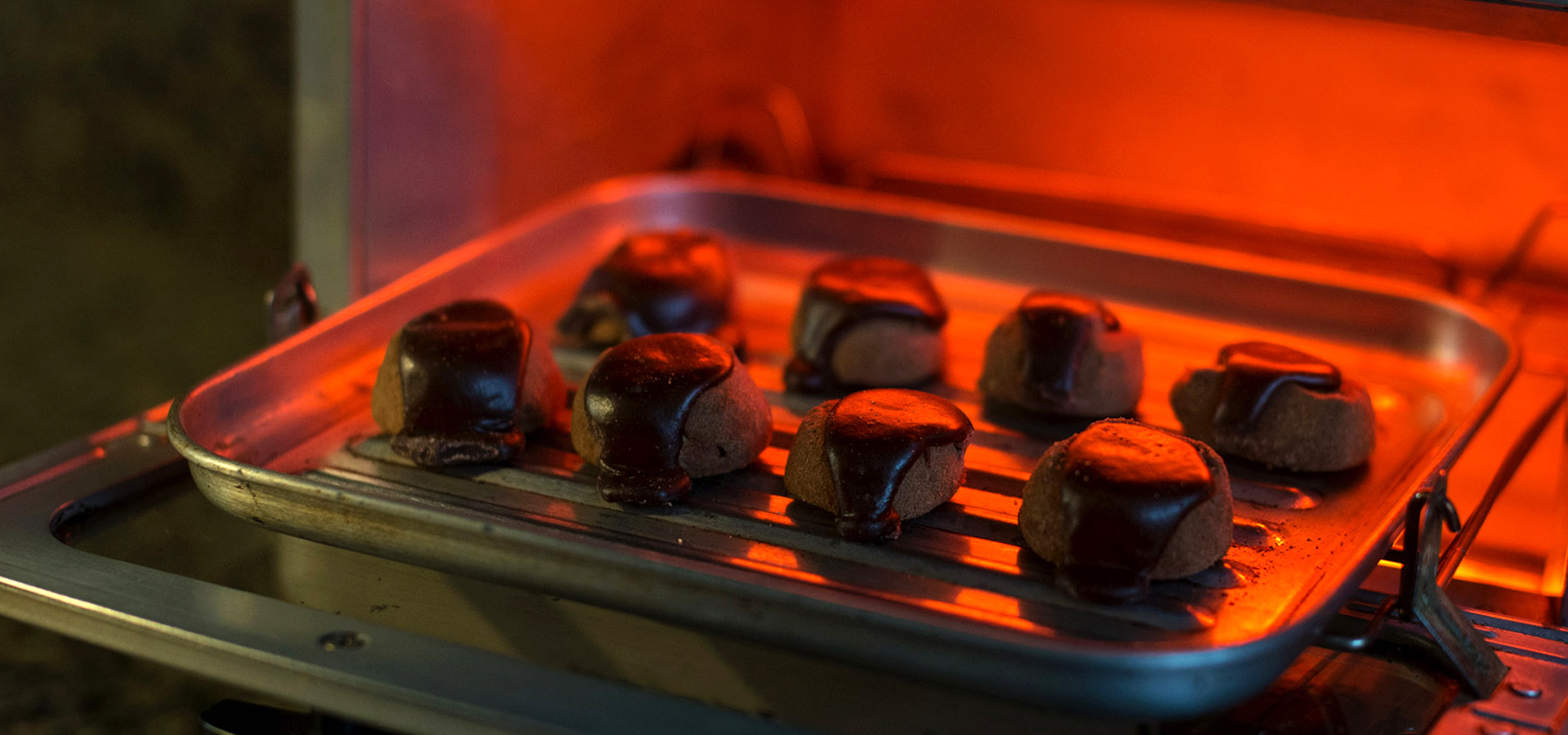One man’s tough cookie is another man’s biscuit. Whether one could pass for the other, though, is debatable. The butter could’ve been cold, the flour could’ve been stale, or the proportion of brown to white sugar may have been off: the tough cookie remains elusive.
Over the years, baking has gone through seminal changes. Today, a tough cookie could easily pass for a posh biscuit. Baking has evolved from being a profession essential to communities and Disney village stories, to having its very own glamour quotient with amateur bakers and their stylistic blogs. Our obsession with it, however, has remained constant. The opening numbers for The Great British Bake-Off (2.2 million viewers and a BAFTA award) are sufficient evidence.
Heena Punwani, a pastry chef, consultant and student of the Ferrandi Pastry School in Paris, is in the process of setting up her own line of baked goods in Mumbai. “Baking at home is connected to comfort and special occasions,” she says. Professional baking is more rigmarole, with a greater focus on standardisation of taste, texture and consistency. It’s where baking puts on its work suit.
Chefs like Dominique Ansel (creator of the “cronut”) and Christina Tosi (of Milk Bar) in New York have embraced the complex nature of baking by creating products that intersect with the daily lives of their audiences. A cronut is a cross between a croissant and doughnut. Ansel’s pastry may seem deceptively plain but was born out of his intrinsic knowledge of dough lamination–it takes up to three days to produce. The product may be that of a French woman’s kitchen but it is created with complex, layered techniques.
Tosi, too, has ridden the revolution wave. She has built the pastry department at Momofuku in New York with inventive desserts like a cereal milk soft serve, crack pie, and compost cookies. All of these were born out of her love for items that prominently appeared on her table at home. Chefs like Tosi and Ansel mixed business with pleasure, only to find their respective outposts lined with snaking queues. Worldwide Instagram adulation and unwavering affection for their creations followed.
Celebrity baking has seen Nigella Lawson top the charts. On the release of her debut cookbook, Lawson said that she was impelled to tell the world How To Eat after having attended a dinner party where the hostess teared up over an unset crème brûlée. Two years later, she wrote How To Be a Domestic Goddess, titled ironically, to make the art of baking more approachable to those who feared it. The book is an ode to school fetes, rainy afternoons spent indoors cutting Snickers bars into gloopy muffin batter, teacakes prepared just in time for tea, and eating speckled custard for a post-midnight snack. In it, Lawson reinforces the idea that baking, even if a form of art when displayed at admirable bakeries, is easily done within the walls of a home kitchen. It may require a long list of ingredients, but the results are always worth it. Her process is different from Ansel’s or Tosi’s kitchens, but taste remains the focus.
Home bakers and bloggers like Shivesh Bhatia, a 20-year-old political science student (and baker by night) in Delhi, are pushing against the home baking mould, if not breaking it entirely. His baking lineage is two generations old. After his grandmother was unable to bake, Shivesh took on the role. His Instagram page has 75,000 followers and he hosts baking workshops across India. There have been “no negative responses” to his alternate career. After all, “I feed them!” he says.
Its ability to be shared altruistically is telling of why baking is so often associated with domesticity. Successful results of baking experiments are donated to friends and family. This steers most bloggers toward entrepreneurial territory, turning them into home-bakers. The daring sages of baking dispense advice through their blogs, and also cater to customers who place orders off their social media pages. All of this is achieved whilst balancing other careers.
Ankiet Gulabani, previously a food writer with BBC Good Food in Mumbai, currently obsesses over a variety of complex recipes which he creates within his kitchen. “It has become a lot more fashionable to approach pastry,” he says, commenting on how, in his opinion, other cooking is now passé. Gulabani also reveals that a large portion of the readership from the magazine (now shuttered), which published many approachable and easy-to-recreate recipes, were men. Baking has clearly transcended gender and outlived the period when it was a mere fad.
There’s something ethereal about baking a loaf cake in time for tea, or challenging the rules of edible architecture with sugar sculptures. Baking, for those who attempt it by the way of Ansel, is about long hours in organised kitchens–where, consistency is the priority and self-gratification takes a backseat. Those who attempt it the Lawson way, though, may be rewarded with a smug feeling when they have a flawless, half-eaten cake to go back to post supper. Fortunately, the results of both, when dunked in tea, taste equally good.




